MILE PHARM
Steps in the Blister Packaging Process for Tablets

Material Preparation
The materials required for blister packaging, such as PVC (Polyvinyl Chloride) or PVDC (Polyvinyldene Chloride) film and aluminium foil, are prepared and made ready for use.
The choice of film or plastic used for the blister pack depends on various factors, such as the medication’s properties, shelf life requirements, and environmental considerations. Some materials offer stronger barrier properties against moisture and light, while others are more sustainable and recyclable.
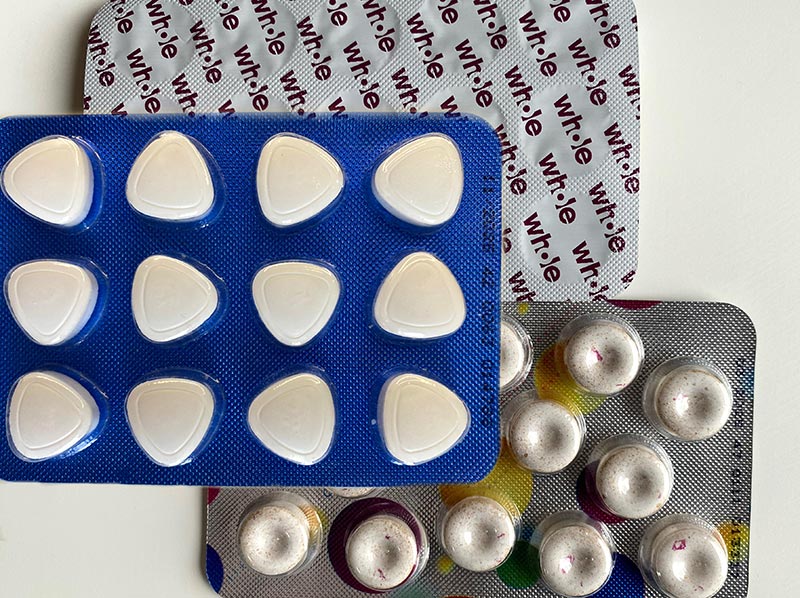
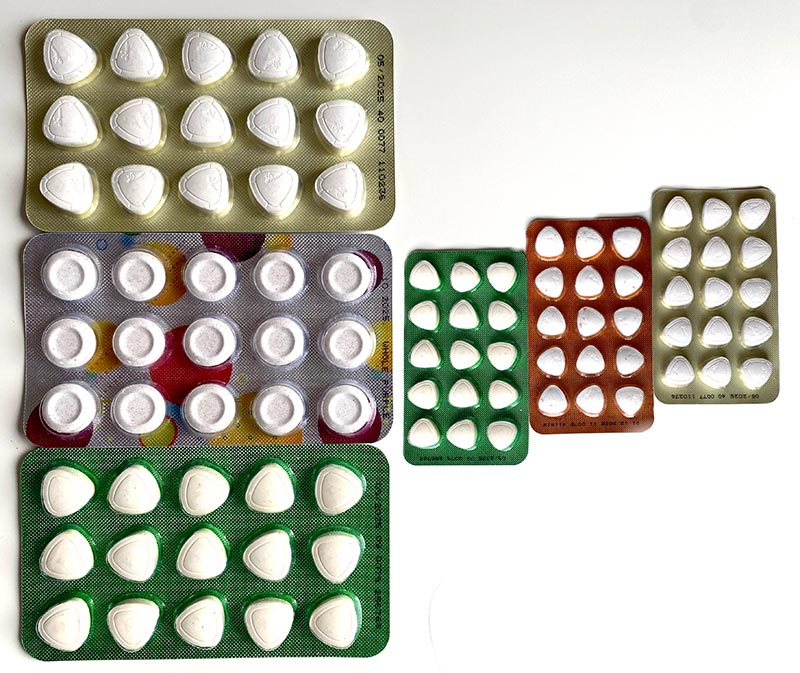
Forming the Blisters
The PVC film is fed into the blister packaging machine, where it undergoes heating and forming processes. Compressed air is used to shape the PVC film into individual pockets or cavities, creating the blister packs that will hold the tablets.
Precise temperature control and forming pressure are crucial in this step to ensure consistent blister shapes and depths. Modern machines utilize advanced technology to monitor these parameters and guarantee optimal blister formation.
Filling the Blister Packs
Once the blister packs are formed, the next step is to fill them with the tablets. This can be done manually or using automated systems, depending on the scale of production.
Automated filling systems often employ sophisticated vision systems and robotics to ensure accurate and efficient tablet placement. This minimizes the risk of human error and increases production speed.

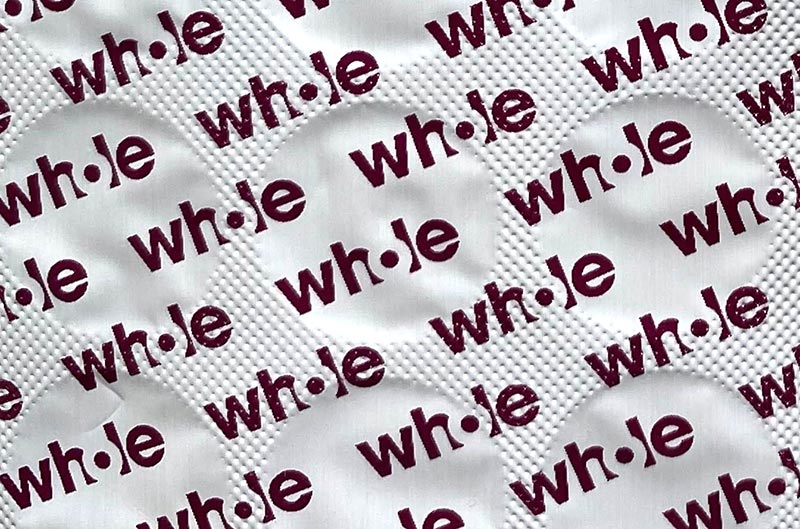
Sealing the Blisters Packs
After the tablets are placed in the blister packs, the packs are covered with aluminium foil. Heat and pressure are applied to seal the aluminium foil to the blister packs, ansuring the tbalets are securely enclosed.
Different sealing methods can be employed, including heat seal, ultrasonic seal, and radiofrequency seal. Choosing the appropriate method depends on the materials used and the desired level of tamper evidence.
Quality Control
The sealed blister packs undergo rigorous quality control checks to ensure they meet the required standards. This includes checking for proper sealing, accurate tablet placement, and overall packaging integrity.
Beyond visual inspection, quality control may involve sophisticated leak detection tests and weight checks to guarantee tablet count accuracy. Stringent regulations govern these controls to ensure patient safety and product efficacy.

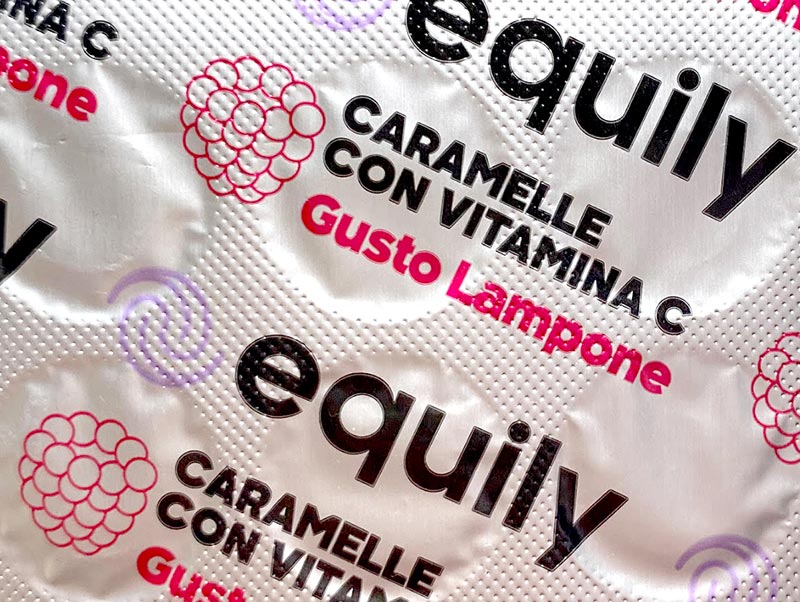
Printing and Labeling
Batch numbers, expiration dates, and other necessary information are printed on the blister packs. Labels may also be applied, providing additional information and branding.
Clear and legible printing of information is crucial for proper medication use and adherence. Additionally, high-quality printing and attractive labeling can enhance brand recognition and consumer trust.
Packaging and Storage
The sealed and labeled blister packs are then packaged in appropriate containers, such as boxes or cartons, ready for storage or distribution.
Choosing the right packaging materials and storage conditions further protects the tablets from environmental factors and maintains their quality until they reach the consumer. Milepharm follows strict guidelines to ensure product stability throughout the supply chain.
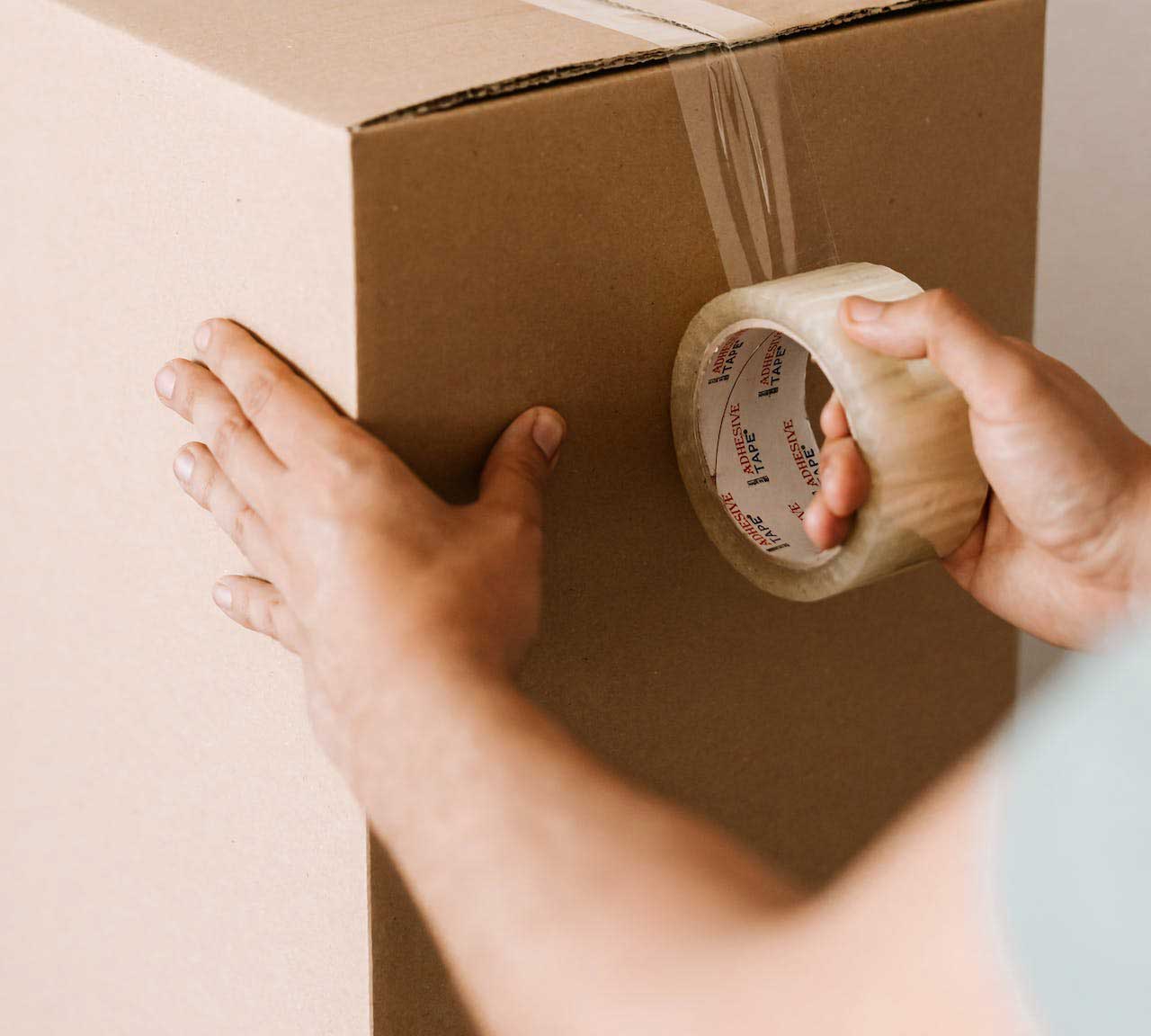
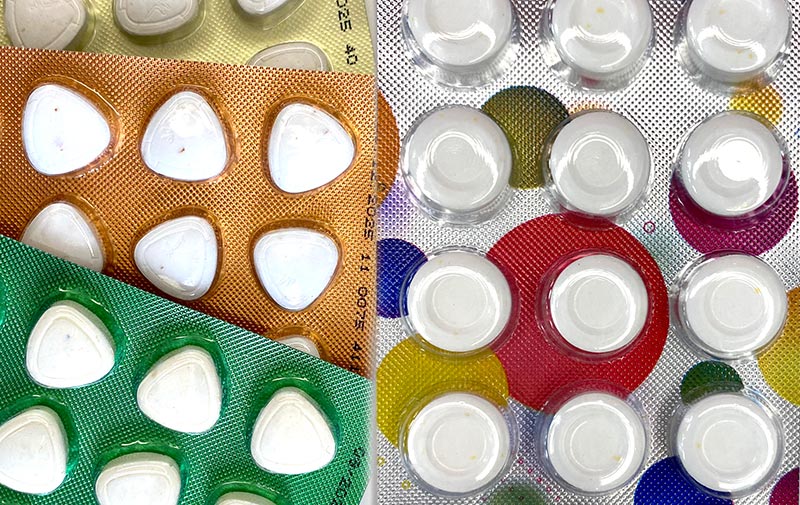
Custom Techonology
It’s vital to remember that the specific procedurs may differ according to the tools and technology employed, the demands of the pharmaceutical company, or legal restrictions.
Remember, these are just suggestions, and you can adapt them to best suit your specific brand voice and design aesthetic. You can also further emphasize the benefits of blister packaging for both pharmaceuticals and consumers in each section.